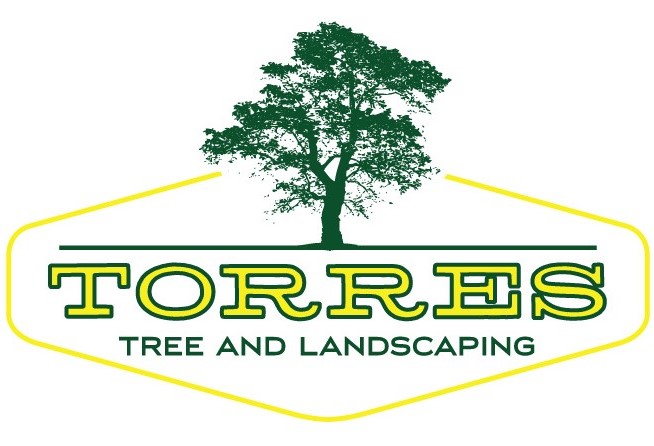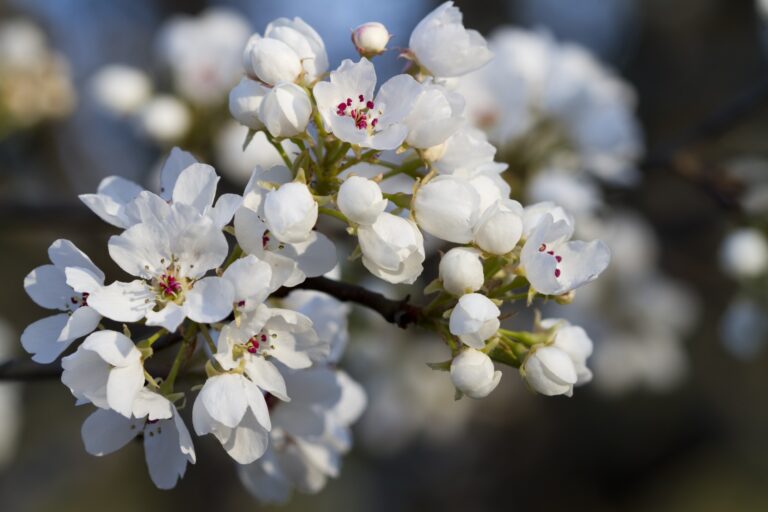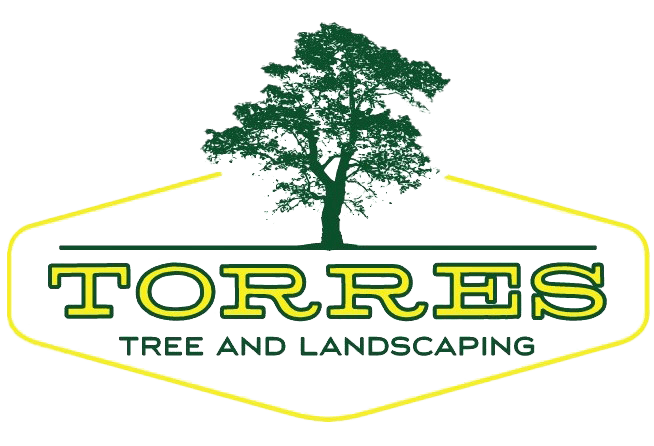Trees provide beauty, shade, and cleaner air, and they are essential to the environment. Trees are great, except when they’re invasive. Invasive trees quickly take over an area. They choke out any native vegetation and cause havoc for homeowners and the ecosystem. In this blog post, we will discuss invasive trees in Texas, specifically nuisance trees found in North Texas.
Agrilife Today (2023) says simply put, there are three basic categories of tree species: native, non-native and invasive. Knowing where tree species fall into these categories may seem like trivial information, but species selection is vital to the health of the overall ecosystem.
What are Native Species?
Native species are plants and animals that naturally occur in a specific region. They have evolved over time to adapt to the local climate, soil conditions, and other environmental factors.
Additionally, these species have coexisted with other native species, forming intricate relationships within their ecosystem. Native species are well-suited to their environment, and their presence is essential for maintaining a balanced and resilient ecosystem.
They provide food and habitat for other native wildlife. Not to mention, they play a vital role in pollination and seed dispersal. Native species are more resistant to pests, diseases, and drought. Thus, making them valuable for sustainable landscaping.
Protecting and supporting native species is important for preserving the natural heritage of a region. Read one of our other articles titled, “Native Trees in Texas,” for ideas on good trees to plant.
What are Non-Native Plant Species?
Non-native species are also known as exotic or introduced species. They are plants that have been introduced to a region where they do not naturally occur. These species come from different continents or geographic regions and are transported by humans intentionally or accidentally.
Some non-native species thrive and reproduce in their new environment. Others become invasive and disrupt the balance of ecosystems. Non-native species can also introduce new diseases and pests that native species may not have defenses against.
Monitoring and managing non-native species is essential to protect the biodiversity and functioning of ecosystems.
What are Invasive Trees?
They are non-native species that have the ability to thrive and spread aggressively in environments where they were not originally found. These trees outcompete native vegetation. Furthermore, they disrupt the balance of ecosystems and cause a range of problems.
Invasive trees have rapid growth rates, prolific seed production, and lack of natural predators or diseases. Therefore, they quickly establish themselves and dominate areas.
This aggressive nature leads to the displacement of native species, alteration of soil composition, and even changes in water flow patterns. Identifying and managing invasive trees is crucial to maintaining the health and biodiversity of natural habitats.
What are the invasive trees found in North Texas?
In North Texas, there are several invasive trees that homeowners should be aware of and know how to control. Here are some of the invasive trees to look for and how to handle them.
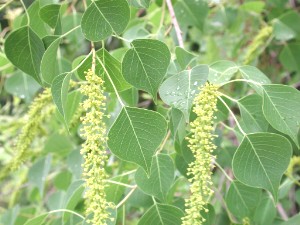
Chinese Tallow Tree: This tree is also known as the “popcorn tree” because its seeds are small and white – similar to popcorn.
The Chinese Tallow tree grows up to 50ft tall. Its roots are aggressive. Chinese Tallow trees are difficult to eradicate.
The best solution is to cut them down and remove them from the area.
Mimosa Tree: Mimosa trees are easy to spot with their fern-like leaves and pink flowers that resemble pom-poms. This tree is fast-growing and will develop a thick canopy that blocks sunlight for surrounding plants.
Chinese Privet: This shrub-like tree is common in North Texas. It grows up to 20ft tall. Chinese Privet trees spread quickly and they will inhibit the growth of surrounding plants.
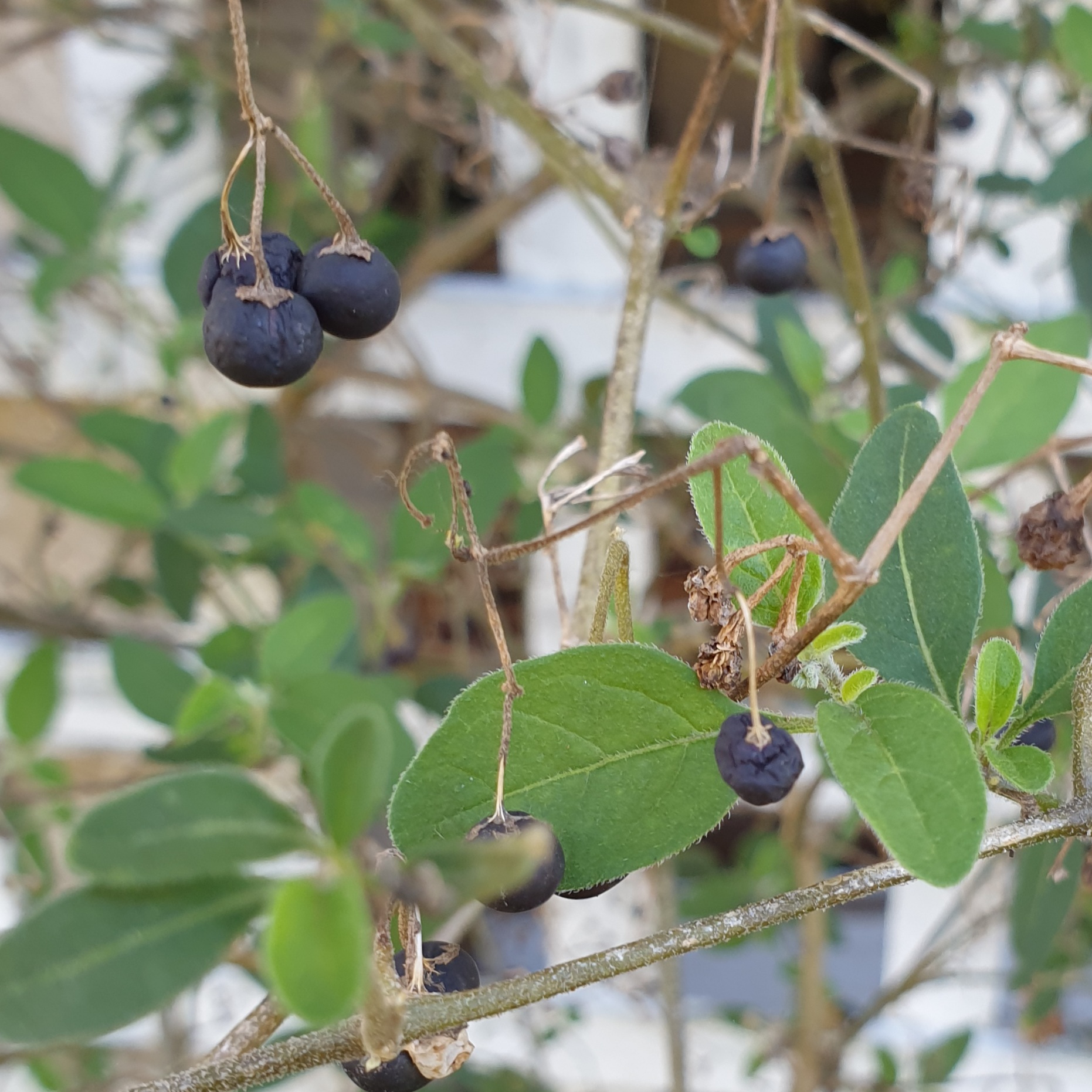
Nandina: Also known as heavenly bamboo, this species is from eastern Asia. Despite its nickname, nandina is not a true bamboo but rather a shrub/tree. It has vibrant red berries and feathery foliage, which have made it a popular landscaping plant, but its aggressive spreading leads to the displacement of native vegetation.
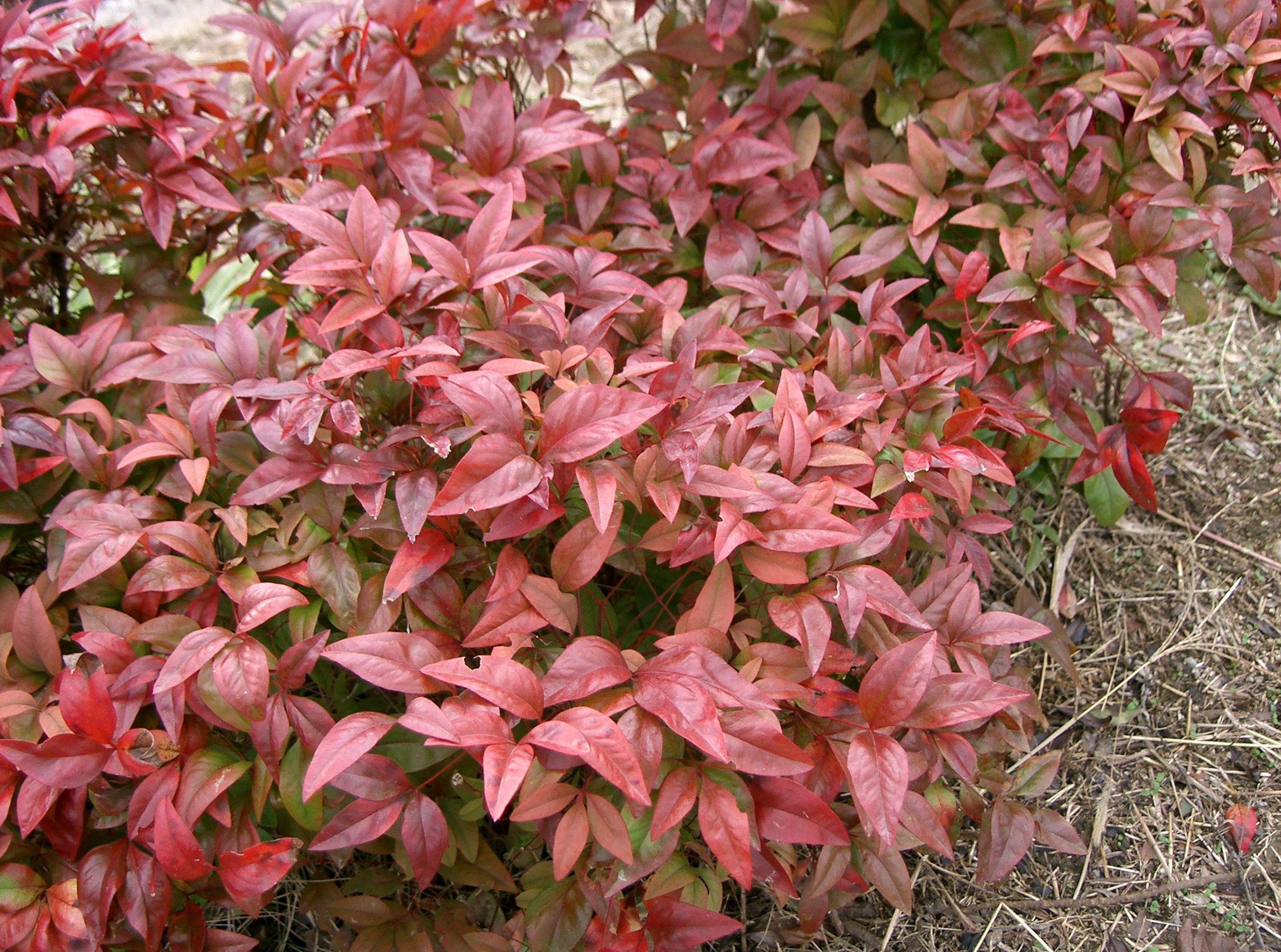
Japanese Privet: Hailing from Japan, this shrub has become a cause for concern due to its rapid growth, dense thickets, and ability to outcompete native plants.
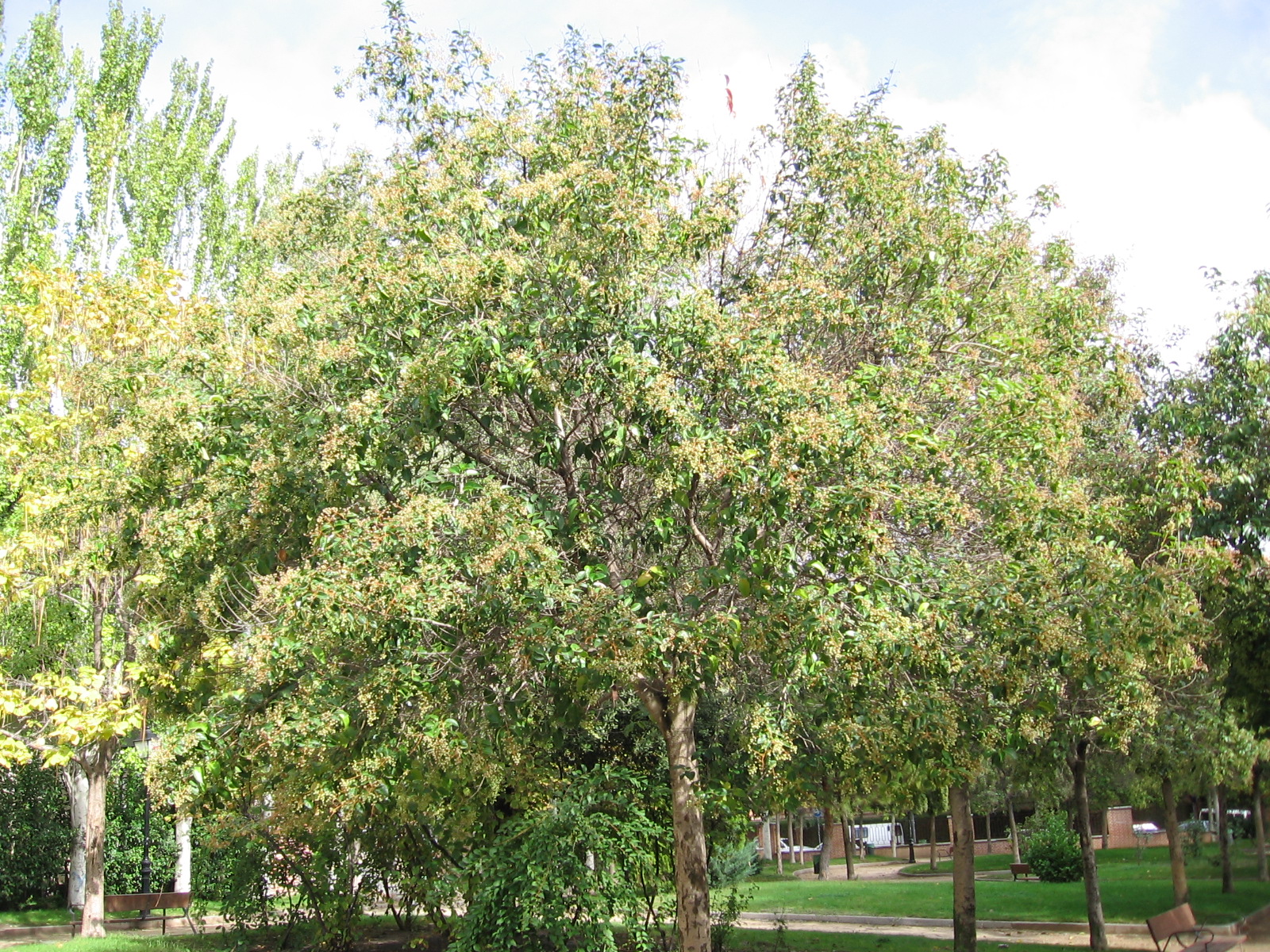
Bradford Pear: These trees were once the darlings of landscaping, but not anymore. This tree has short life span. It is prone to damage and it has also become invasive in North Texas. Bradford Pear trees often split and become dangerous. Removing them in a controlled environment is challenging.
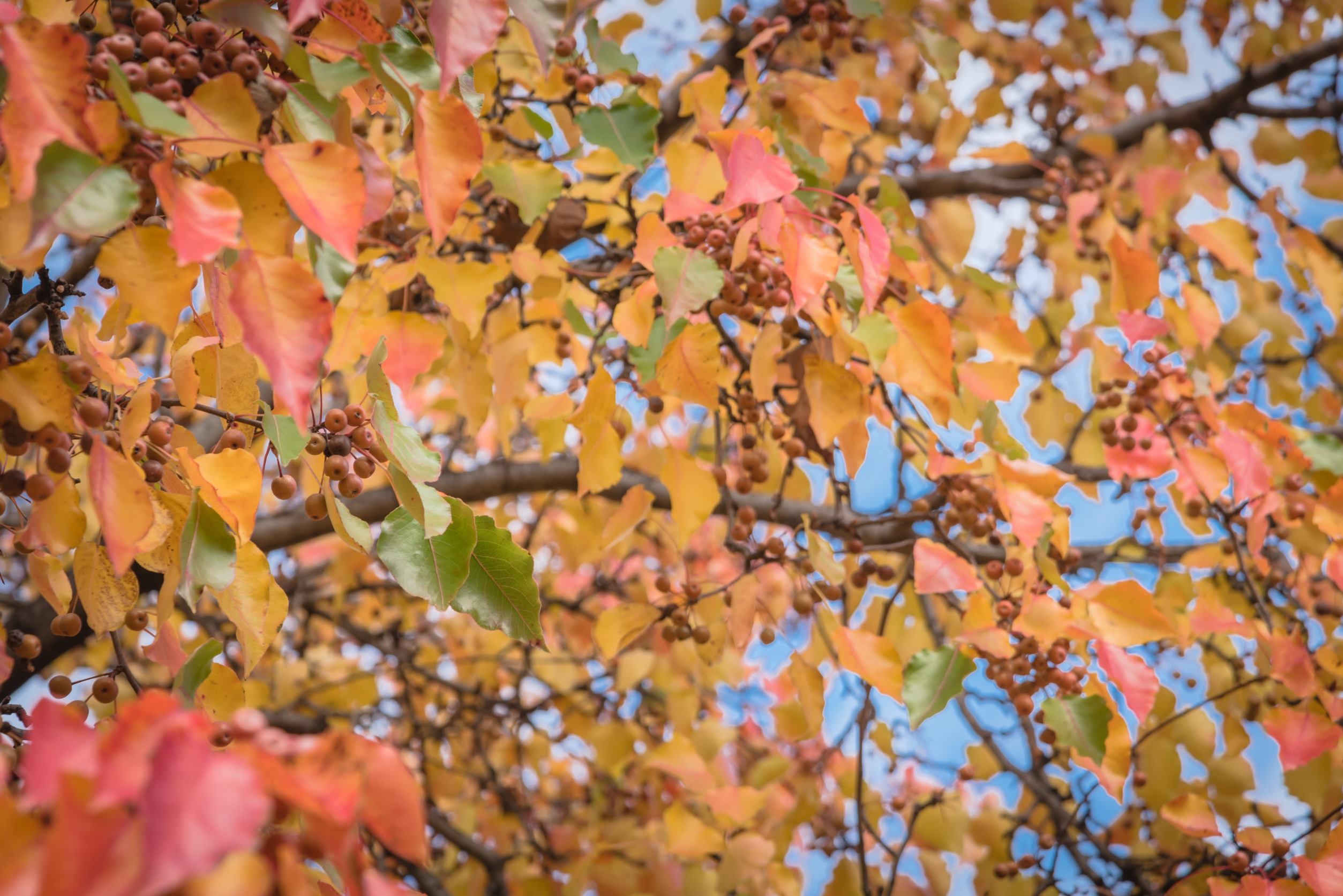
Read this article- “Know When to Remove a Tree.”
Should I Remove My Invasive Tree?
Deciding whether or not to remove an invasive tree from your property requires careful consideration. Keep in mind that invasive trees have detrimental effects on the surrounding environment.
Texas A&M Forest Service (2024) invasive species are a form of biological pollution. Invasive species decrease biodiversity by threatening the survival of native plants and animals. They interfere with ecosystem function by changing important processes like fire, nutrient flow, and flooding.
They outcompete native plants, reduce biodiversity, and disrupt the natural balance of the ecosystem. Invasive trees also pose risks to infrastructure, such as underground pipes, due to their aggressive root systems or weak branch structures.
Additionally, some invasive trees, like Bradford Pears, are prone to splitting and become dangerous during storms. Removing an invasive tree will help reduce potential hazards.
However, it is important to remember that tree removal need to be done by professionals. They will assess the situation properly and offer guidance based on the specific tree and its location. Removing a tree is a difficult and time-consuming process.
Go to our Tree Removal Service Page for details on how we can help.
Wrapping Up
In conclusion, it’s essential to know the invasive trees in North Texas. Removing these invasive trees will prevent them from damaging surrounding vegetation or becoming a hazard for homeowners. Contact Torres Tree Service to schedule an inspection or speak to an Arborist to discuss any concerns you have.
References:
Agrilife Today. (2023, February 21). Invasive, non-native, and native texas tree species explained. Agrilife Today. https://agrilifetoday.tamu.edu/2023/02/21/invasive-non-native-and-native-texas-tree-species-explained/
Texas A&M Forest Service. (2024). Trees of texas- aggressive invaders. Texas A&M Forest Service. http://texastreeid.tamu.edu/content/aggressiveInvaders/
The photo of the Chinese Tallow leaves and buds came from Wikipedia and was photographed by Pollinator. https://en.wikipedia.org/wiki/Triadica_sebifera
The photo of the Chinese Privet came from Wikipedia and was photographed by Wiki. By Wiki-Contributor-Editor – Own work, CC BY-SA 4.0, https://commons.wikimedia.org/w/index.php?curid=105273556
The photo of Nandina came from Wikipedia and was photographed by Kenpei. By KENPEI – KENPEI's photo, CC BY-SA 3.0, https://commons.wikimedia.org/w/index.php?curid=1524735
The photo of the Japanese Privet came from Wikipedia and was photographed by Jose Luis Galvez. By José Luis Gálvez – Fotografía del autor (own work), CC BY-SA 2.5, https://commons.wikimedia.org/w/index.php?curid=1392272
